Context: Recently, the Supreme Court agreed to hear a series of petitions seeking to criminalise marital rape.
| PYQ:
Q. We are witnessing increasing instances of sexual violence against women in the country. Despite existing legal provisions against it, the number of such incidences is on the rise. Suggest some innovative measures to tackle this menace. (2014) |
About Marital Rape:
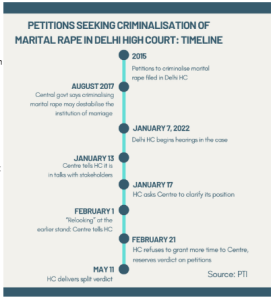
Why Criminalizing Marital rape in India is important?
Law on Marital Rape:
Section 375 of IPC:
How did the exception on marital rape find its way into the Indian Penal Code(IPC)?
Views on Marital Rape by Different Institution:
Law Commission of India’s Stand:
Recommendations of J.S. Verma Committee:
Indian Judiciary:
| Arguments For Criminalising Marital Rape | Arguments Against Criminalising Marital Rape |
|
|
|
|
|
|
|
|
|
|
|
|
International Precedence:
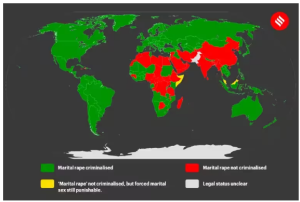 In other countries, it is either not mentioned or is explicitly excluded from rape laws, both of which can lead to sexual violence.
In other countries, it is either not mentioned or is explicitly excluded from rape laws, both of which can lead to sexual violence.Way Forward:
News Source: The Hindu
Context:
Factors Behind Drug Menace in India:
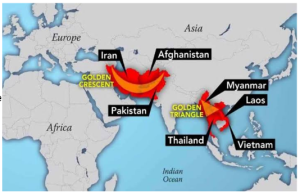
|
2. Technological reasons:
3. Organized Crime:
4. Socioeconomic reasons:
5. Smuggling of Synthetic drugs and precursor chemicals: India manufactures a lot of synthetic drugs and precursor chemicals which are smuggled out of the country.
6. Poor Law enforcement: India’s law enforcement agencies are understaffed, lack specialised training and equipment, and are often unable to detect or interdict drug shipments.The agencies are more involved in dealing with peddlers and distributors and often fail to catch the drug mafia.
Case in Point:
|
Challenges /Impact of drug abuse in India:
Govt measures/Response to counter drug menace:The Ministry of Home Affairs is cracking down on drugs in three different ways:
Other measures are listed below-
About Narcotics Control Bureau (NCB):
|
3. Other preventive government measures:
4. International efforts:
Way Forward:
Conclusion:
News Source: The Hindu
Context:
The United Arab Emirates (UAE) is undertaking a transformative journey to convert desert landscapes into productive farmland through climate-smart agriculture.
About Climate Smart Agriculture (CSA):
Benefits of Climate Smart Agriculture:
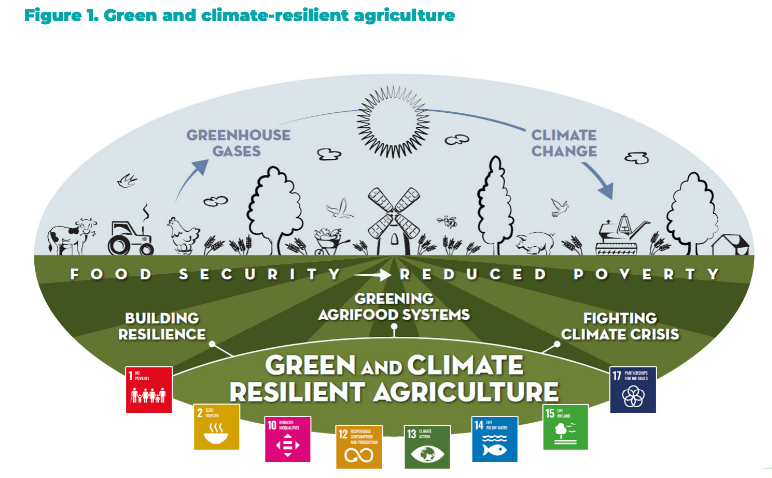 Image Source: FAO
Image Source: FAO
Climate Smart Agricultural Practices:
|
Challenges of Climate Smart Agriculture:
Government Initiatives for Climate Smart Agriculture:
|
Way Ahead for Climate Smart Agriculture:
News Source: The Hindu
Context: India secured 80th rank on Henley Passport Index 2023.
About Henley Passport Index 2023:
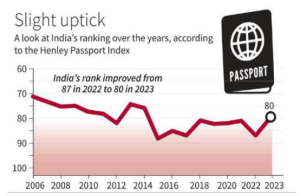
News Source: The Indian Express
Context:
Recently, the Minister of State for Steel & Rural Development highlighted the significance of the Steel Slag Road technology in achieving the ‘Waste to Wealth’ mission.
About Steel Slag:
Challenges:
Steel Slag Road Technology:
Benefits:
News Source: PIB
Context:
Recently, the Rajasthan government tabled the Rajasthan Minimum Guaranteed Income Bill, 2023, which effectively seeks to cover the entire adult population of the state with guaranteed wages.
About:
Universal Basic Income:
Key characteristics of Universal Basic Income:
News source: The Indian Express
Context: Recently, the Ministry of Culture and the Indian Navy signed a MoU to revive ancient stitched shipbuilding methods.
About Stitched Shipbuilding Method (Tankai method)
About the Project
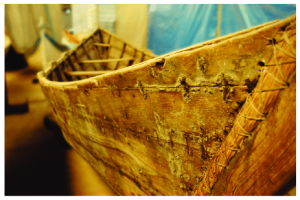
Significance of Project:
News Source: The Hindu
Context:
Small States in India continue to rely heavily on the Union government for their revenue.States being discussed as small states are: Arunachal Pradesh, Sikkim, Manipur, Mizoram, Meghalaya, Nagaland, Tripura, Himachal Pradesh and Goa.
Highlights:
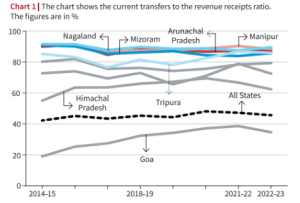
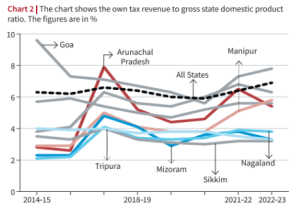
Way Forward
Sources of revenue receipts for a State
India Constitution Provision for Transfer of Funds
|
News Source: The Hindu
SC Verdict on Newsclick Shows Adherence to Due Pro...
Stay Invested: On Chabahar and India-Iran Relation...
Credit Rating Agencies, Impact on India’s De...
Catapulting Indian Biopharma Industry
Globalisation Under Threat, US Import Tariffs Have...
Global Report on Hypertension, Global Insights and...
<div class="new-fform">
</div>
